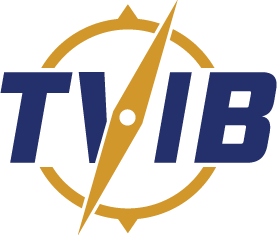USCG Now Accepts Aluminum Flammable-Liquid Storage Cabinets on Weather Decks for Subchapter M Towing Vessels
What Owners, Operators, and Crews Need to Know
Published: December 12, 2025
The U.S. Coast Guard has released new guidance that directly impacts towing vessel operators subject to 46 CFR Subchapter M. Aluminum flammable-liquid storage cabinets may now be accepted on weather decks of Inspected Towing Vessels (ITVs) provided they meet specific construction and installation criteria.
** This policy does not apply to vessels subject to SOLAS requirements. **
USCG’s New Position: Aluminum Cabinets May Be Accepted as an Equivalent
Under 46 CFR §136.115 (a), the Coast Guard may approve alternatives that provide an equivalent level of safety. After reviewing performance, safety measures, and vessel applications, the USCG has determined that properly constructed aluminum cabinets can meet the intent of the fire-protection requirements when installed on weather decks.
The policy acknowledges that:
- Aluminum has lower fire-resistance properties than steel,
- But additional design and placement measures can offset this difference,
- While also solving the corrosion and durability problems associated with steel cabinets exposed to the elements.
Key Requirements: What an Aluminum Storage Cabinet Must Have
To qualify, aluminum flammable-liquid storage cabinets used on weather decks must meet all criteria in Enclosure (1) of the policy. Highlights include:
Construction Requirements
- Minimum ¼-inch aluminum for frame and shell
- Fully welded construction
- Maximum volume of 30 cubic feet
- Raised door sill (≥2 inches) to contain spills
- Latch-equipped doors
- Permanent marking:
“FLAMMABLE – KEEP FIRE AWAY”
(contrasting color, letters ≥2 inches tall)
Location Requirements
- Positioned as far as practicable from machinery spaces, exhaust outlets, and escape routes
- Stowed away from ignition sources
Operational and Safety Requirements
- Secured to the vessel per 46 CFR §142.225
- A 40-B portable fire extinguisher located within a 30-ft travel distance
- Contents limited to the minimum amounts necessary for vessel operations, not exceeding 120 gallons per cabinet
- Cabinet must be repaired or replaced if deemed unserviceable by the local OCMI
Questions?
The Coast Guard encourages operators to reach out with questions regarding this policy:
The full policy letter is available @ U.S. Coast Guard Policy Letter 05-25 – Acceptance of Aluminum Flammable Liquid Storage Cabinets
